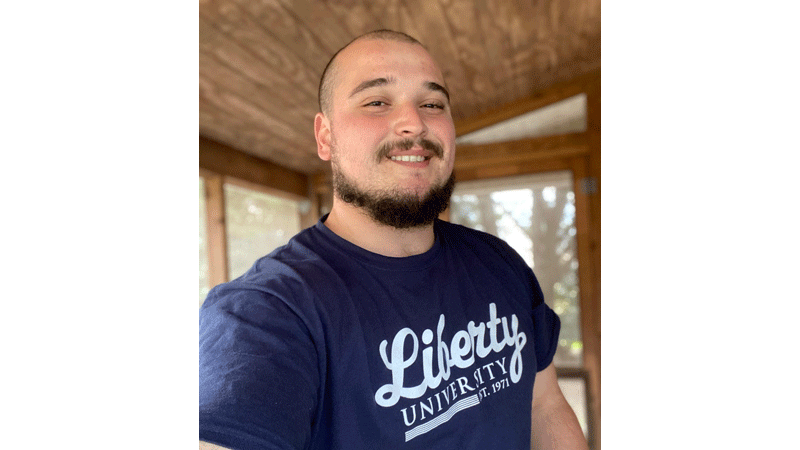Myths and drawbacks in free education
Published 11:47 am Saturday, August 2, 2014
by Clay Scott
There are two main plans for what is commonly known as “school choice.” Each is an attempt to expand freedom in education.
The first is the voucher plan originated by the great economist Milton Friedman in 1955. The idea was to provide families with vouchers that could be used to attend the school, public or private, of that parent’s choice. The second is the charter plan. Charter schools are public schools without a compulsory attendance zone. They survive only if parents choose to enroll their children. In return for this risk, they often have more leeway on instruction and curriculum. The common term for schools in either of these programs is “choice schools.”
Choice schools have been under attack for much longer than they have existed. Here, I will discuss three arguments against (or myths about) freedom in education. The first argument is that allowing freedom will promote racial segregation with white kids attending choice school and minority kids being left behind. This is known as the “white flight” argument. It is true that people in general tend to gravitate toward others who look, speak, and act like they do. However, “white flight” lacks teeth because, nationally, racial minorities make up the vast majority of voucher users and charter school enrollees.
Argument number two is that choice programs take money away from district schools. Yes, public funds are diverted from district schools to choice schools, but so are students. The amount diverted is an agreed upon percentage of the per-pupil funding received by the district for that student. Think about that. Assuming schools actually spend all the money for student A on student A, the district actually makes money by sending that kid to a choice school!
The third argument is worthy of some analysis, it is called “skimming,” and it states that choice schools take all the best behaved and most academically able students, leaving traditional district schools with a rougher population. The truth is that you only hear this argument when a school opens that is focused on college preparation, Science/Math, or some other arduous academic focus. The critics are completely silent when a school opens that specializes in “hard to educate” or “at risk” students. Nevertheless, it involves at least two curious assumptions.
The first is the assumption of direct competition. If all schools are to have equal distributions of students in terms of values, needs and abilities, then they must be in in direct competition with one another.
However, if differences in student needs were the least bit relevant, competition between schools would be indirect. It would be more like competition between different doctors. The oncologist isn’t a worse doctor because his patients die more frequently than those of the orthopedic. Each is measured according to his or her ability to serve the specific needs of a particular population.
The second assumption is that the “better” students are obligated to contribute to the education of others. To say that a given school is entitled to a particular number of “good” students surely creates this obligation. Students are not, nor should they be teachers. The entire argument of skimming rests on the idea that a good student not only can, but must, assist in educating another student.
These arguments are flawed even in their most basic assumptions. But remember, this is not about arguing against a particular policy, it is about restricting freedom. On the whole, even if the critics were correct in their assumptions, these are nothing more than myths.
Nationally, students attending choice schools are mostly minority, low-income and urban. If that isn’t enough, many who transfer to choice schools do so because of academic difficulties in their standard district school. Smoke-screens, divisiveness and emotive propaganda — these are the tools of those who fight against freedom.
CLAY SCOTT is a former teacher from Southampton Academy and Franklin High School, and he was also an administrator at SA. He is the co-founder of Telios Academy and doctoral candidate at The George Washington University. He can be reached at barroescot@gmail.com.





